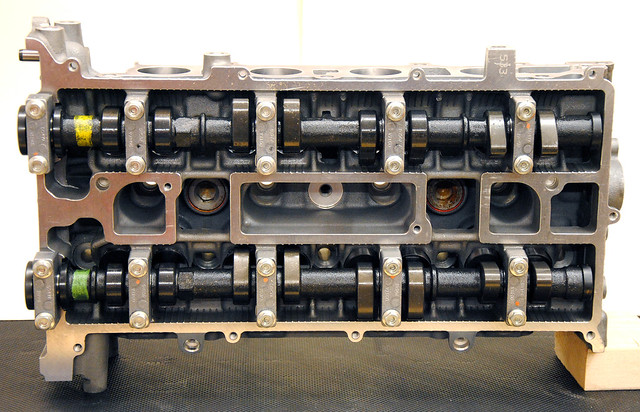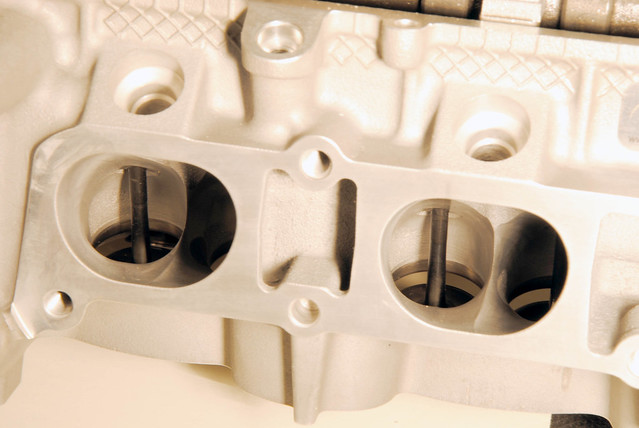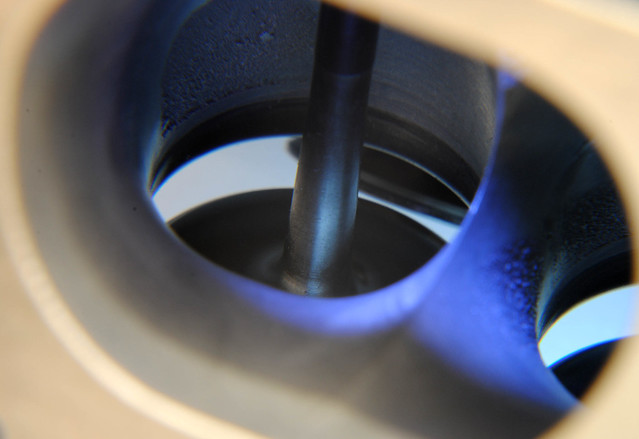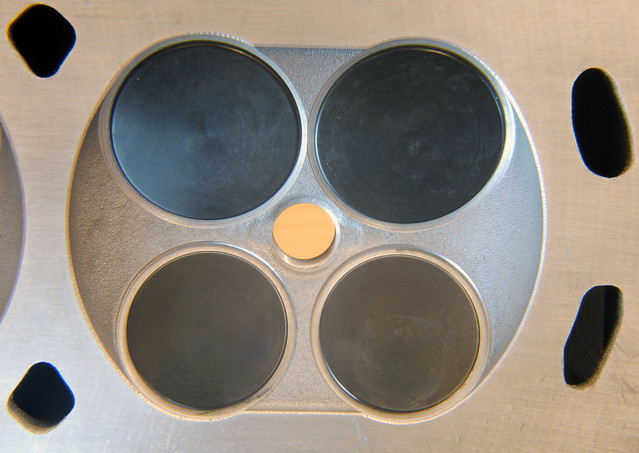When you start reading engine build blogs, you quickly realise that few, if any, professional engine builders write blogs. Perhaps that is not a surprising as their knowledge and experience has a commercial value.
So most blogs are written by amateurs, and their mistakes are often the entertainment. That’s not to say an amateurs can’t build good engines, it’s just that we are naturally distrusting of ‘anonymous’ individuals. Of course, if you happen to know them, you are much more open to what they are doing.
So, before I start this build, a quick résumé of my engine building experiences in the hope that you will see where I am coming from.
Early Days
With links to the motor trade, cars was never a problem so, by the age of 17, I already owned a Mini Jem. It seemed natural to take it to bits and, inspired by David Vizard’s book ‘How to modify your Mini’, I rebuilt the engine. After many hours grinding at the head, I almost doubled the factory power. The car was briefly hill climbed and did do trackdays at KH before I moved on.
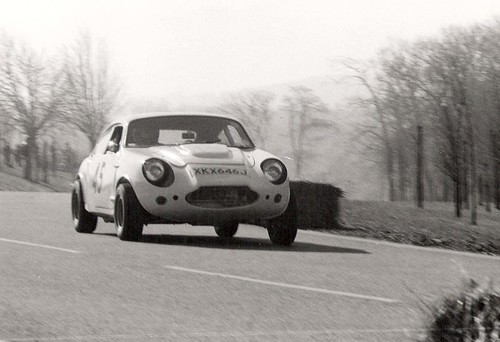
The Mini Jem at Strathclyde Park hill climb in 1980
In partnership with a good friend, I started rallying. My role was the navigator, but with my engine experience, I tended to end up rebuilding the rather ‘soft’ B-series engine (and gearbox for that matter). It was difficult to get more than a 1000 miles out of it – but it was surprisingly competitive for a Marina!

Life moved on and I found myself as a flying instructor and the engines got bigger. I did some work (under supervision) on Lycoming and Continental aero engines of various sizes. The highlight was, without doubt, the Bristol Mercury of the Strathallen Lysander. The power runs were mind-blowing – but then anything that burns 80 gallons of fuel an hour is bound to be good.

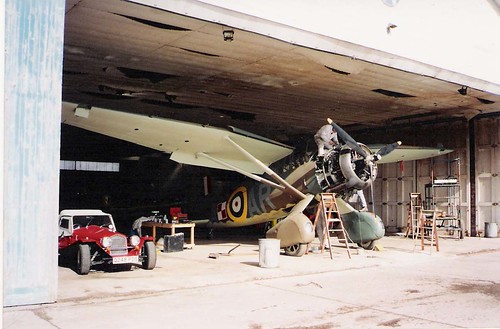
I still messed around building cars, the Marlin Roadster was my daily runner and can be seen under the Lysander wing.
Towards the end of that period I spent some time with the AAIB at Farnbourgh - it was part of a trial CAA ran to increase accident awareness amongst flying instructors. It was probably the most influential period of my life and many of the things I saw there still haunt me today. My views on risk taking changed forever.
Married life and kids brought a quieter spell, but I still built engines, often just for fun. Fiat, Renault, Peugeot, and Volvo are among the different makes I’ve tackled. It was when Gordon showed an interest that we bought the Caterahm and performance tuning once again became appealing.
That's where I find myself today – loads of experience, but very little on modern engines with ECUs. The standard Duratec would have represented a highly tuned engine in my time. Much of the technology I’ll be using in this build was beyond the grasp of what even the top F1 teams had at the time I built my first engine.
So for better or worse, here we go!








